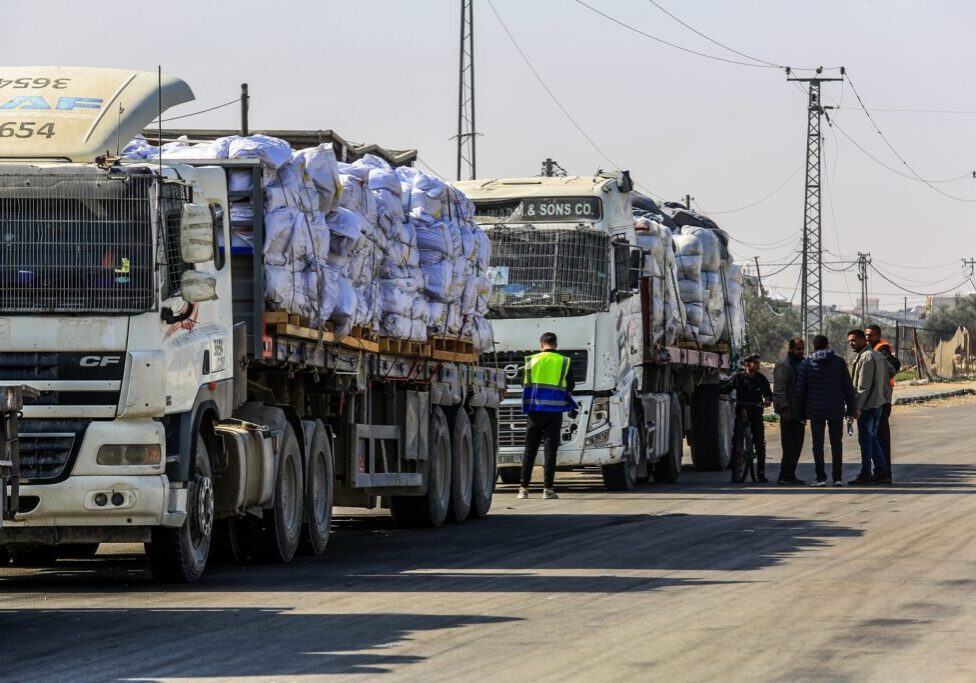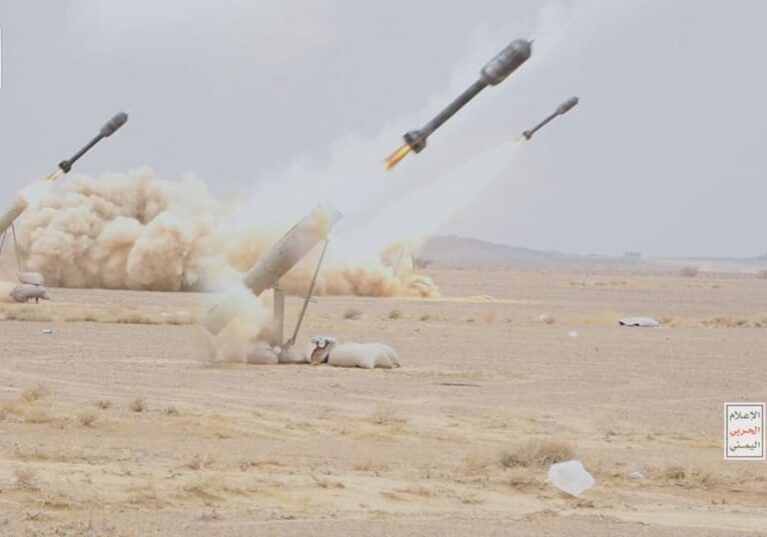Australia/Israel Review
The Syrian Civil War comes to Lebanon
May 29, 2012 | Benedetta Berti

Benedetta Berti
Recent weeks have seen violent clashes around Tripoli, Lebanon’s second largest city located in the north of the country, between Alawite supporters of the Syrian regime and Sunni backers of the anti-Assad opposition forces. To many observers, this violent escalation came as a surprise, in light of the widespread assumption that Lebanon had so far been immune to the “Arab Spring.” In fact, the opposite is the case: the regional turmoil has been felt keenly within Lebanon. The events in Syria have had a major impact on Lebanon, primarily because of the tight economic, political, and geostrategic relations that historically have linked the two countries.
Lebanon’s security and stability have been negatively affected by the Syrian violence, not just because of the steady influx of refugees seeking shelter within Lebanese borders, but also because of the recurrent episodes of cross-border shootings by the Syrian army, the repeated abductions of Syrian dissidents residing in Lebanon, and the rise in cross-border smuggling of weapons. Moreover, because Lebanon’s and Syria’s economy are closely linked, both the sanctions imposed on Syria and the rampant internal economic crisis have weighed down the Lebanese economy as well.
Furthermore, the Syrian crisis has created rifts within the Lebanese Government with the Shi’ite parties, Hezbollah and Amal, standing steadfastly behind President Assad, in contrast to other members of the coalition, including PM Najib Mikati and Druze leader Walid Jumblatt, who have displayed much less enthusiasm towards the Assad regime. Internal quarrelling within the coalition has severely impaired the effectiveness of the current government.
However, the most severe byproduct of the Syrian crisis is the current rise of inter-sectarian tensions. The recent violent confrontations in Tripoli are a reflection of a largely factionalised and polarised society, characterised by a growing Sunni-Shi’ite divide. With the Sunni community largely backing the anti-Assad forces and the Shi’ites standing behind Assad, the Syrian crisis has escalated the tones of already sour political relations and the deep sectarian rift.
This latest round of violent inter-sectarian confrontations exploded on May 12, 2012 following the arrest of Sunni Islamist Shadi al-Mawlawi by the General Security Directorate (GSD). The GSD asserted that al-Mawlawi was involved in supporting terrorist activities against the Assad regime, a claim that has been largely rejected by the local Sunni community. Instead, they claimed that he had been unfairly detained because of his work in support of the anti-Assad opposition forces. Indeed, numerous Sunni politicians spoke against the arrest of the alleged terrorist, questioning the motives of the GSD – traditionally believed to be pro-Hezbollah and pro-Assad.
As a result of the arrest, protests exploded around Tripoli, soon escalating into a fully-fledged armed confrontation between the Sunni and the Alawite community and resulting in approximately eight deaths.
While the Lebanese Army has been able to stop the violence and reestablish order, the underlying sectarian tensions within Tripoli are anything but subdued. Similarly, while the localised outbursts of violence are unlikely to escalate into a larger armed confrontation at the national level, the debate surrounding these episodes has had broader national implications. All in all, the national polarisation over the clashes in Tripoli further confirmed the growing internal sectarian divide. In addition, some political observers within Lebanon worry that more violence may erupt in the Bekaa Valley, currently home to a large number of Syrian refugees.
The recent violence in Tripoli also tells another story; one of growing divisions not just between the Sunnis and the Shi’ites, but also within the Sunni community.
In the years following the 2005 Syrian withdrawal, Lebanon has seen the gradual rise of both violent and non-violent Salafist groups. These groups were present in Lebanon since the 1980s, concentrated in areas around Tripoli and the Nahr al-Bared refugee camp in the north, and Sidon and the Ein al-Hilweh Palestinian camp in the south. However, during the years of Syrian occupation of Lebanon, these Islamist groups were closely monitored by Syrian intelligence and prevented from criticising both the government and the occupation.
Following the Syrian withdrawal in 2005, the newly elected March 14 forces, led by the Sunni Future Movement, allowed for non-violent Salafist groups to become more politically active, at times turning a blind eye towards the extremism showed by some of the other Salafists. While the Future Movement did not publicly endorse these groups, it indirectly tried to co-opt them by relying on the common anti-Syrian and anti-Hezbollah agenda in an effort to unite the Sunni community.
Over the years repeated confrontations between the violent Salafists and the Lebanese Army have led to questioning the role of Salafists groups. A prominent example of Salafist-driven violence is the bloody clash between the armed forces and the Salafi-jihadist group Fatah al-Islam, which lasted over a hundred days and claimed more than 400 lives. Since the beginning of the Syrian crisis, there is a strong concern over the growing political influence of Salafism within the Sunni community. Although not powerful or significant enough to challenge the political dominance of the Future Movement, these groups have been gaining more followers within Lebanon.
Finally, beyond the current impact of the Syrian crisis on Lebanese inter and intra-sectarian relations, in the longer term, if the Syrian regime were to collapse, this would have a more dramatic effect on Lebanon – likely giving new power and credibility to the political forces behind the March 14 coalition. In parallel, Hezbollah would be affected and would probably loose political capital, power, and popularity once its Damascus partner was gone. In turn, this would likely lead to a reshuffling of the Lebanese political cards, and the creation of new political alliances.
Dr. Benedetta Berti is a research associate at the Institute for National Security Studies (INSS) at Tel Aviv University, specialising in terrorism and political violence in the Middle East, radical Islamic organisations, and Palestinian and Lebanese politics. © INSS, reprinted by permission, all rights reserved.
Tags: Lebanon






